GLA HOME > GLA NEWS > Technology eases problems in moving oversize cargo on US roads
Editor:glafamily Release time:2016-04-05 Browse:11873
When a project shipment includes heavy or oversize cargo, among the first questions asked are: Which roads and bridges can safely handle the loads? And what permits will be needed?
Answers can be especially tricky in the United States, where 50 states and thousands of counties and municipalities issue permits for an ever-growing volume of out-of-gauge shipments that must move over the road.
“It’s becoming more and more of a challenge as manufacturers continue to build things larger and larger,” said Steven Todd, vice president of the Specialized Carriers & Rigging Association.
Onshore energy-generating windmills, for example, now have blades up to 58 meters long and tend to be installed in remote places that may require transport through multiple states. Some offshore windmills are being developed with blades up to 100 meters long.
But while high-and-heavy shipments are becoming bigger and more frequent, the challenges of finding safe routes for oversize shipments have been balanced by technology that’s making the permitting process simpler and more accurate and efficient.
Most states now have automated systems for online, 24/7 filing of permit requests. Permits can be issued within seconds, instead of days or weeks. Mistakes are minimized because information doesn’t have to be rekeyed. “Fifteen years ago, maybe a half-dozen states had any semblance of automated permitting. Five to 10 years ago, it probably was 10 to 15. Now about 30 states have automated systems,” Todd said.
“It’s been a real boon to us in terms of reducing permit turnaround time, reducing cost, and reducing the number of instances of our members being stuck at a state line or a job site,” he said. ”It’s a win-win for the industry, the public and the governments.”

Several states, including New York and Massachusetts, are adopting automated permitting. California, the largest state that still uses manual permitting, is discussing development of in-house automated technology.
Vendors such as Bentley Systems and Pro-Miles provide states with automated permitting technology. Other states, such as Illinois, have developed their own systems.
At first, states were concerned that automated permitting would create new problems by removing humans from the equation and allowing a computer to spit out erroneous information. “What we found was just the opposite,” Todd said. “Most, if not all, states have found that the error rate has been reduced dramatically. Much as some of us hate to admit it, if the system’s been loaded with the correct information, it’s obviously going to make fewer errors than humans do.”
As automated permitting has taken hold and become more user-friendly at the state level, the emphasis is shifting toward harmonization of state permitting rules and increased coordination of state and local permits.
In the Chicago area, Oxcart Permit Systems is building an interface that, starting next year, will integrate state and local permitting. When carriers apply for a state permit from the Illinois Department of Transportation, the technology will identify the local jurisdictions where permits are required, and will provide a hyperlink that automates the permit application and issuance.
The technology is provided free to local governments. Companies using it pay a fee of $5 to $15 per permit in addition to whatever the local government charges. More than 30 local governments in the Chicago area are using Oxcart to process permits, and more than 500 motor carriers have signed on to the company’s system, said Bryce Baker, Oxcart’s chief operating officer.
The governments benefit from improved efficiency in permit issuance. The motor carriers obtain their permits quickly and without cumbersome paperwork. “They can be issued in minutes instead of days or weeks,” Baker said.
Another area where technology has helped with oversize shipments is in checking clearances on bridges, tunnels and highways. LIDAR technology allows workers to measure overhead clearances from a vehicle driving at highway speeds.
Some motor carriers that frequently perform pre-permitting route surveys have installed the technology in trucks, and use it to verify clearances without need for someone to hop out and block traffic while taking manual measurements. The flip side of this, Todd said, is that some companies that market global positioning systems don’t update their clearances more than once or twice a year. He said SC&RA urges its members to carefully check the vendors of the technology.
Ultimate responsibility for verification of road clearances rests with the motor carrier to which the permit is issued. Most permits include a disclaimer stating that the company hauling the load is responsible for any problems that may result.
Jeff Gelety, vice president of sales at J. Supor & Son Trucking & Rigging in Kearny, New Jersey, said his company has a full-time staffer assigned to permitting, and uses private permitting services that keep up with regulatory rules and changes.
Trucking companies also perform their own surveys to ensure that the officially listed clearances are accurate and that there are no special conditions that would create an obstacle for a particular load or trailer.
“A 14-foot-wide load that’s 12 inches off the ground is a lot different from a 14-foot load that’s five feet above the highway,” Gelety said. “If the load is in a flatbed that’s five feet off the highway, it can clear Jersey barricades or construction barrels or other things. If it’s one foot off the ground — and the highway department isn’t going to know that — obviously you can’t clear much of anything.”
Gelety said the United States’ geographic expanse can make high-and-heavy shipments more complex than in other countries. “We do a lot of work with breakbulk shippers who tell us that it’s a lot simpler overseas than it is in the U.S., he said. “In Europe, for example, many of the factories are close to a waterway, so they don’t have to travel 1,000 miles over land.”
J. Supor has handled oversize moves such as transporting the US Airways plane that landed in the Hudson River at New York to a North Carolina museum, the 30-foot-diameter antenna atop the new World Trade Center building, and a two-year project to deliver oversize components for the oculus atop the trade center’s new transit station.
“The ones that succeed in our niche of the industry are the ones that know the regulations and how to comply with them or work around them,” Gelety said. “The regular trucker who says, ‘Yeah, I can do that. That pays good money,’ can find out the hard way. You can go broke real fast if you make a mistake.”
Previous:FMC’s Doyle: Solutions needed on SOLAS compliance Next:Highway permit denied, trucking company moves reactors over Lakes
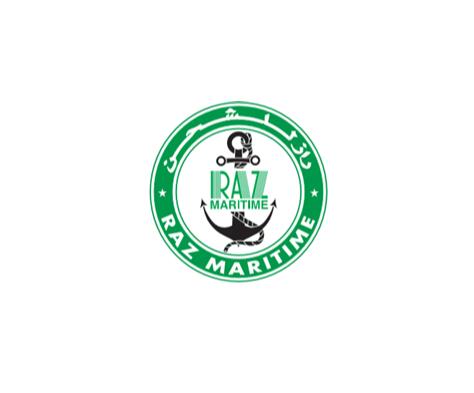
GLA New Membership —— Raz Maritime Services in Saudi Arabia!
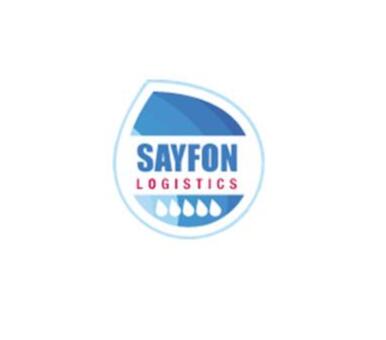
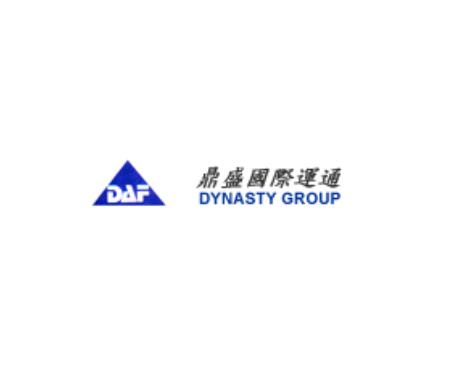
GLA Membership Renewal — Dynasty Air/Ocean Freight Co. Ltd in Taiwan!
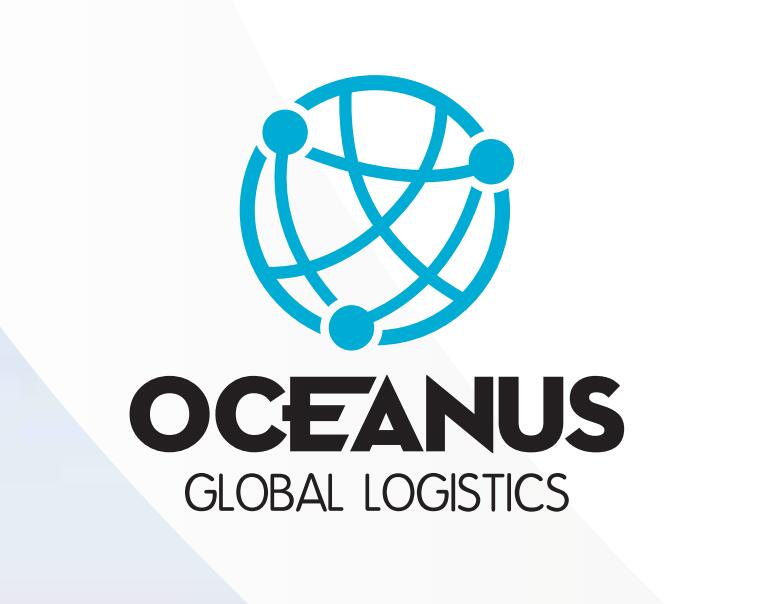
GLA Membership Renewal — Oceanus Global Logistics in Vietnam!
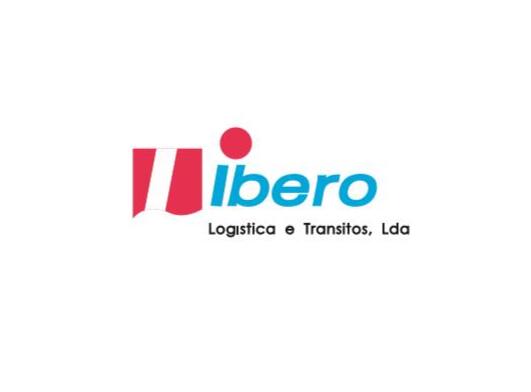
GLA Membership Renewal — Ibero Logística e Trânsitos Lda in Portugal
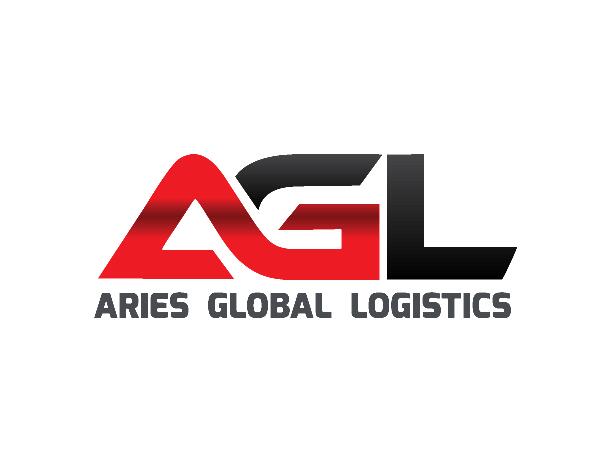
GLA New Membership — AG Logistics & Supply Chain Co. Ltd in Cambodia